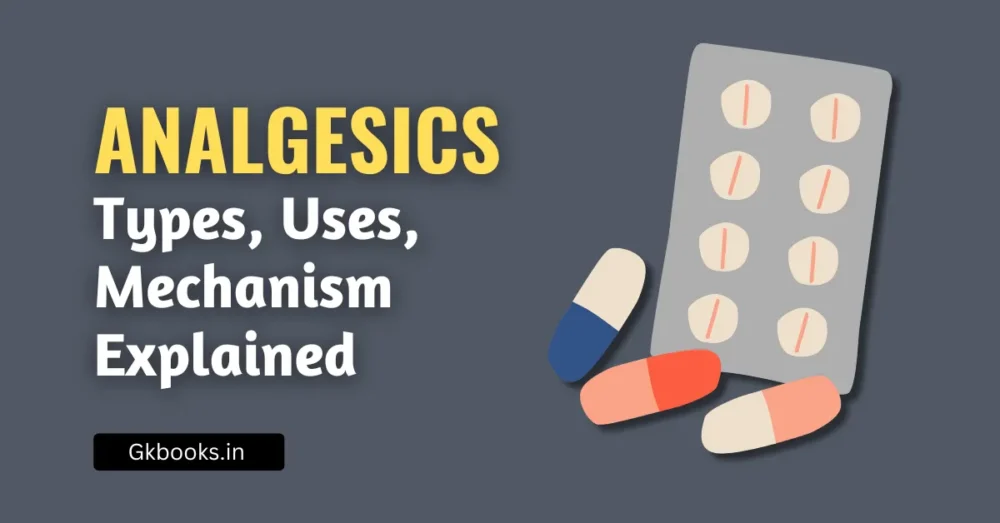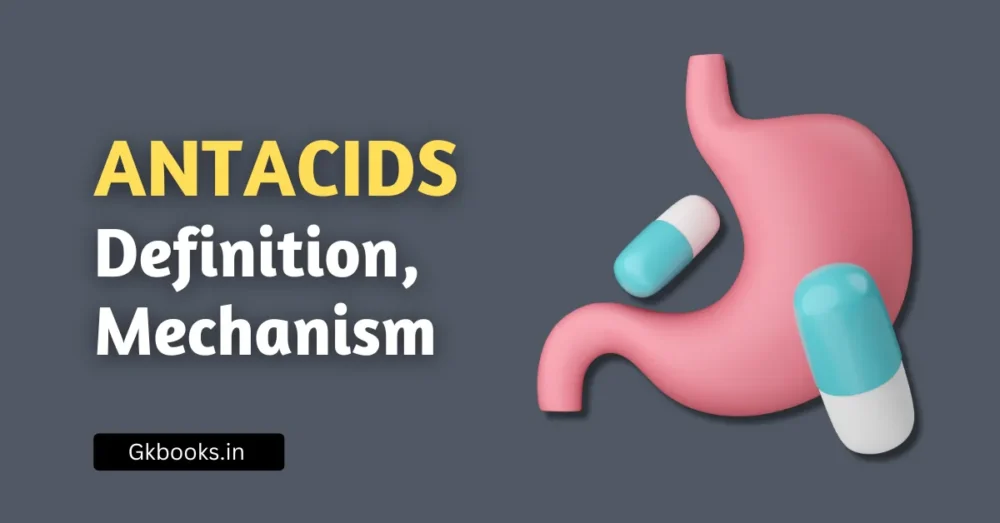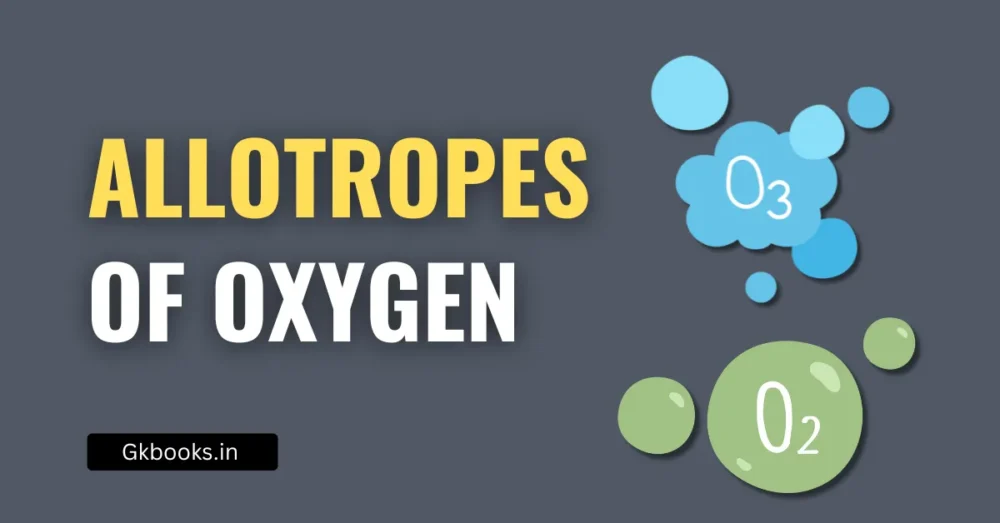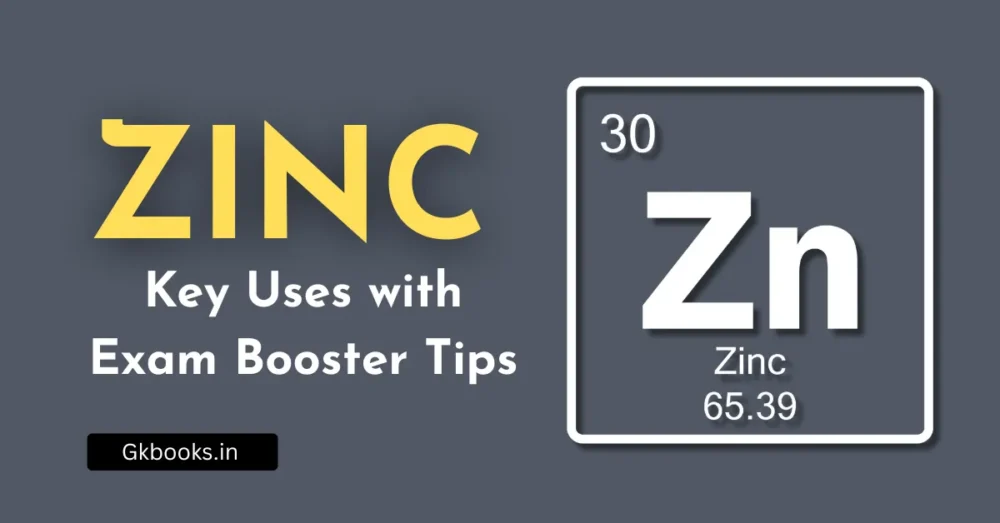A covalent bond is a chemical bond formed when two or more atoms share electrons to create stable electron pairs, typically between non-metal atoms, to achieve a full outer electron shell.
In the world of chemistry, atoms combine to form different substances. They do this by forming chemical bonds. One important type of chemical bond is the covalent bond. This bond plays a crucial role in forming molecules like water, oxygen, and carbon dioxide, which are essential for life.
In this blog, we will explore covalent bonds in a simple and easy-to-understand manner. If you’re preparing for exams like SSC, RRB NTPC, UPSC, or state-level exams, this guide will help you understand the concept thoroughly.
What is a Covalent Bond?
A covalent bond is a type of chemical bond where two or more atoms share electrons to achieve stability. Unlike ionic bonds, where electrons are transferred, covalent bonds involve the sharing of electrons.
Key Points
- A covalent bond is formed between non-metal atoms.
- A covalent bond is a bond where two atoms share electrons to complete their outermost shell.
- Atoms usually aim for stability (Octet Rule – having 8 electrons in the outer shell).
- When atoms cannot transfer electrons (like in ionic bonds), they share them, leading to covalent bonding.
- The resulting combination of atoms is called a molecule.
Examples
- Water (H₂O): Here, oxygen (O) shares electrons with hydrogen (H) atoms to form a stable water molecule.
- In O₂ (Oxygen molecule), each oxygen atom shares two electrons, forming a double covalent bond.
🔍 Did You Know?
✔️ The strongest covalent bond in nature is the triple bond in nitrogen (N₂)!
✔️ Diamonds are made entirely of carbon atoms held together by covalent bonds! 💎
✔️ Graphite (used in pencils) is made of covalent bonds of carbon atoms.
Why Do Atoms Form Covalent Bonds?
Atoms always try to achieve stability by completing their outermost electron shell (also called the valence shell). This is known as the Octet Rule, which states that atoms tend to have eight electrons in their outer shell to become stable.
Ways to Achieve Stability
- By transferring electrons → Forms Ionic Bonds (e.g., NaCl – Table Salt)
- By sharing electrons → Forms Covalent Bonds (e.g., H₂O – Water)
Types of Covalent Bonds
Covalent bonds can be classified based on how many electron pairs are shared.
1. Single Covalent Bond
- One pair of electrons (2 electrons) is shared.
- Example: Hydrogen (H₂)
2. Double Covalent Bond
- Two pairs of electrons (4 electrons) are shared.
- Example: Oxygen (O₂)
3. Triple Covalent Bond
- Three pairs of electrons (6 electrons) are shared.
- Example: Nitrogen (N₂)
| Type of Bond | Number of Electron Pairs Shared | Example |
|---|---|---|
| Single Bond | 1 pair (2 electrons) | H₂, Cl₂ |
| Double Bond | 2 pairs (4 electrons) | O₂, CO₂ |
| Triple Bond | 3 pairs (6 electrons) | N₂, C₂H₂ |
🔍 Did You Know?
✔️ The air you breathe (O₂ and N₂) is held together by covalent bonds.
✔️ DNA molecules in your body are held by covalent bonds.
Examples of Covalent Bond in Daily Life
Covalent bonds are present in many common substances that we use daily:
| Compound | Molecular Formula | Uses |
|---|---|---|
| Water | H₂O | Essential for life |
| Oxygen | O₂ | Required for breathing |
| Carbon Dioxide | CO₂ | Used by plants for photosynthesis |
| Methane | CH₄ | Main component of natural gas |
Difference Between Covalent and Ionic Bonds
| Feature | Covalent Bond | Ionic Bond |
|---|---|---|
| Formation | Sharing of electrons | Transfer of electrons |
| Types of Atoms | Between non-metals | Between metals & non-metals |
| Example | H₂O (Water) | NaCl (Salt) |
| Bond Strength | Generally weaker | Generally stronger |
Properties of Covalent Compounds
| Property | Covalent Compounds |
|---|---|
| State | Mostly gases & liquids, some solids |
| Melting/Boiling Point | Generally low |
| Solubility | Insoluble in water, soluble in organic solvents |
| Conduction | Poor conductors of electricity |
Key Takeaways for Exam Preparation
- Covalent bonds involve the sharing of electrons.
- They occur between non-metal atoms.
- There are three types: Single, Double, and Triple bonds.
- Covalent compounds are found in essential substances like water, oxygen, and carbon dioxide.
- Understanding covalent bonds helps in chemistry, biology, and even environmental science.
Sample MCQs (with Answers)
Q1. A covalent bond is formed by:
(a) Transfer of electrons
(b) Sharing of electrons
(c) Attraction between ions
(d) None of these
Answer: (b) Sharing of electrons
Q2. Which of the following has a double covalent bond?
(a) H₂
(b) O₂
(c) N₂
(d) HCl
Answer: (b) O₂
Q3. Graphite is a good conductor of electricity because:
(a) It has free ions
(b) It has free electrons
(c) It is metallic
(d) It is ionic
Answer: (b) It has free electrons
Q4. Which of the following is a polar covalent compound?
(a) H₂
(b) O₂
(c) H₂O
(d) Cl₂
Answer: (c) H₂O
Q5. N₂ molecule has how many covalent bonds?
(a) 1
(b) 2
(c) 3
(d) 4
Answer: (c) 3
Important FAQs
Q1. Who introduced the concept of covalent bond?
Ans: Gilbert N. Lewis in 1916.
Q2. Which is stronger: ionic or covalent bond?
Ans: Both depend on conditions, but covalent bonds are very strong in molecules like diamond.
Q3. What is the simplest covalent molecule?
Ans: Hydrogen molecule (H₂).
Q4. Why are covalent compounds poor conductors?
Ans: They lack free ions or electrons.
Q5. Can a molecule have both ionic and covalent bonds?
Ans: Yes, e.g., NaOH has both.
Q6. What rule explains covalent bonding?
Ans: Octet Rule (atoms try to complete 8 electrons).
Q7. Which covalent compound is essential for respiration?
Ans: Oxygen (O₂).







